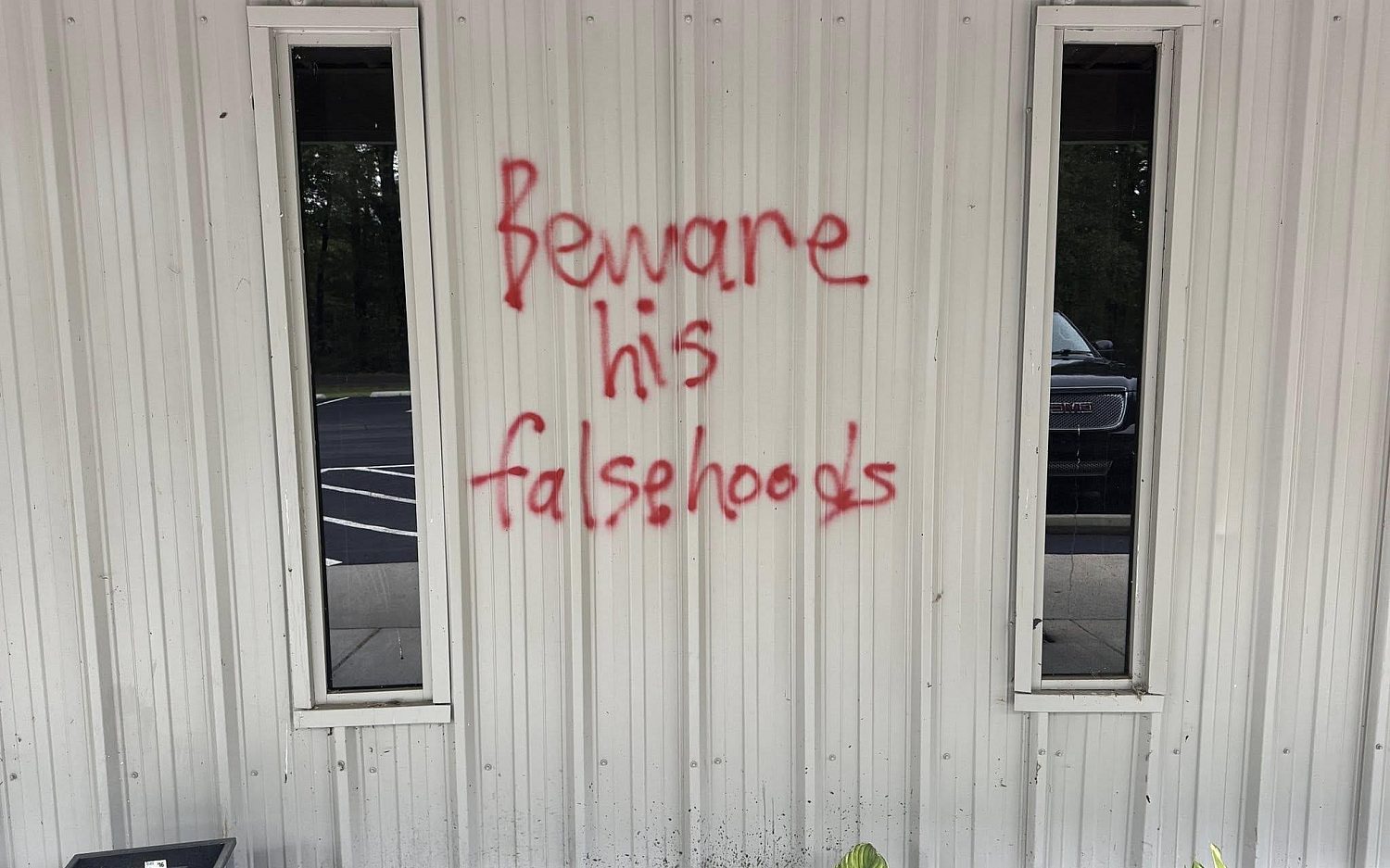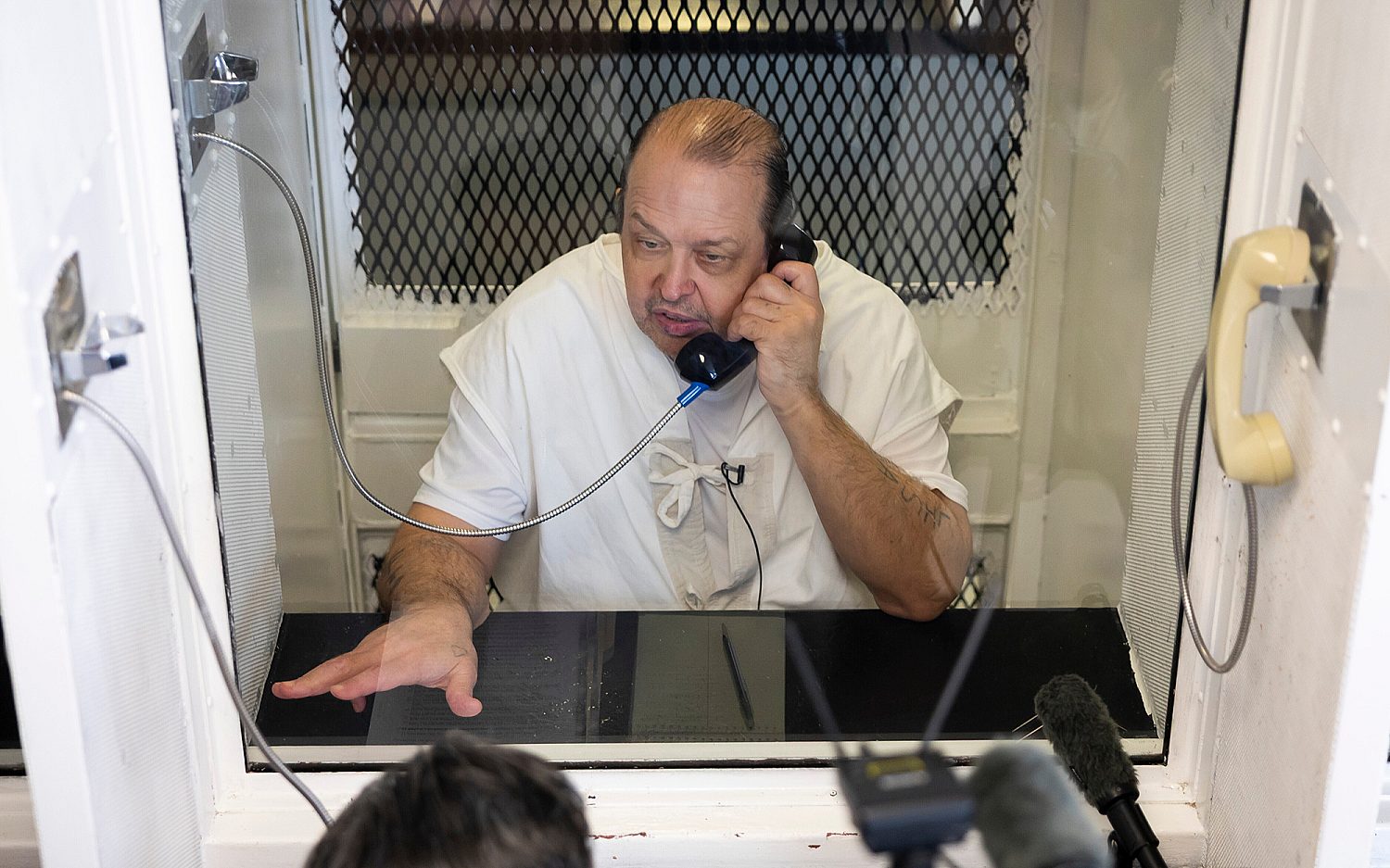The crash that ended a Cold War defense program
The storm-driven crash of a nuclear bomber in western Maryland in 1964 made an indelible impact on a Cold War program that aimed to keep 12 bombers airborne at all times, flown by crews on 24-hour missions.
Fifty years later, Operation Chrome Dome is nearly forgotten, but memories of the crash on Big Savage Mountain remain painfully fresh among the crew members’ families and the rural Appalachian residents who helped recover the bodies.
Gary Finzel, 69, said his overnight trek through hip-deep snow with five others to recover the frozen remains of Air Force Maj. Robert Lee Payne was the worst night of his life.
“I can see him sitting there on his hunkers on the banks” of Poplar Lick, Finzel said recently. “I still see him the same as if it was yesterday.”
The Jan. 13, 1964, accident is memorialized by stone markers in tiny Grantsville, Md., about 140 miles west of Baltimore, and at the spots where three of the five crew members died. Payne succumbed to exposure in the Savage River State Forest after ejecting from the crippled B-52. Bombardier Maj. Robert Townley’s remains were found in the wreckage on adjacent private land. The tail gunner, Tech Sgt. Melvin F. Wooten, bailed out and died from exposure and injuries near Salisbury, Pa., nearly 15 miles north of the crash site.
Pilot Maj. Thomas W. McCormick and co-pilot Capt. Parker C. “Mack” Peedin ejected and survived. Neither is still living.
All the crew members were originally from Turner Air Force Base in Albany, Ga., the plane’s home base. They flew to Westover Air Force Base in Massachusetts on Jan. 12 to bring the B-52 and its two bombs back to Georgia. Foul weather forced the plane to land at Westover during its return from Europe, where it experienced engine failure.
The delays threatened to disrupt Operation Chrome Dome, which operated mainly from 1961 to 1968. The program’s B-52s crashed twice before the Maryland accident, both in 1961, said Rebecca Grant, an independent researcher and author who has worked for the Air Force secretary and the Air Force chief of staff. The bombs were unarmed, meaning they couldn’t explode, but the accidents created a risk of losing nuclear material, Grant said.
The Maryland accident, after nearly three crash-free years, underscored the folly of trying to keep nuclear bombers aloft at all times, regardless of the weather.
“It was probably the worst crash with nuclear weapons on American soil, and it was truly an accident—a weather-caused aircraft accident,” she said. “I think it pointed out that the risks were awful high, really too high.”
The Associated Press contributed to this report.
An actual newsletter worth subscribing to instead of just a collection of links. —Adam
Sign up to receive The Sift email newsletter each weekday morning for the latest headlines from WORLD’s breaking news team.




Please wait while we load the latest comments...
Comments
Please register, subscribe, or log in to comment on this article.